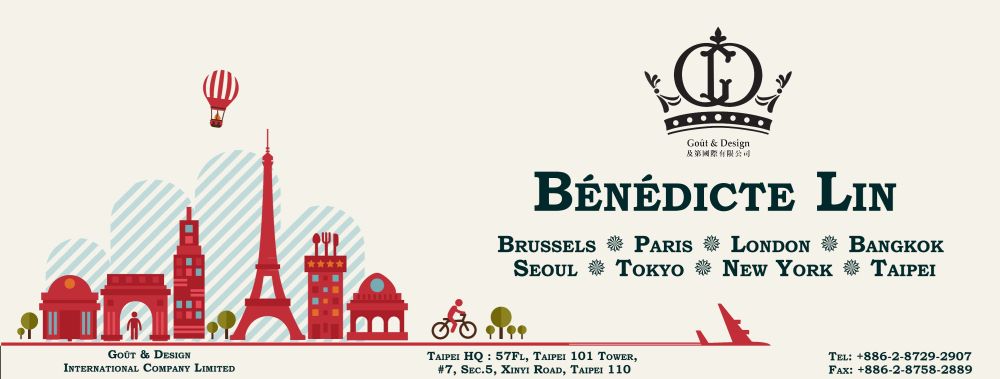In the dynamic landscape of business, the choice of organizational structure is a pivotal decision that can significantly influence an enterprise’s success. The way authority is distributed, tasks are delegated, and communication flows shapes the very essence of a company. This exploration delves into the multifaceted world of organizational structures, unraveling their benefits and drawbacks. From the traditional hierarchical pyramid to the more contemporary flat and matrix models, each design offers unique advantages and challenges. Join us on this journey as we navigate the intricacies of organizational dynamics, aiming to empower enterprises in making informed decisions that align with their goals, foster innovation, and cultivate a resilient foundation for growth.

Organizational structure is the backbone of any enterprise, shaping how tasks are divided, authority is distributed, and communication flows. Selecting the most suitable structure for your business is a critical decision that can greatly impact its efficiency and adaptability. One common model is the hierarchical or pyramid structure, where power and responsibility flow from the top down. This setup ensures clear lines of authority but can stifle innovation and create a rigid, bureaucratic environment. On the other hand, flat organizational structures promote collaboration and flexibility by minimizing layers of management. While this can foster innovation and quick decision-making, it may lead to challenges in maintaining order and a defined chain of command.

The Pros and Cons of Functional and Divisional Structures. Functional organizational structures group employees by their expertise, such as marketing, finance, or operations. This approach allows for in-depth specialization and efficient resource allocation within each department. However, it may hinder cross-functional collaboration, slowing down communication and decision-making processes. Conversely, the divisional structure organizes teams based on products, services, or geographic locations, fostering a more agile response to specific market demands. Despite its advantages in adaptability, this structure can lead to redundancy and competition between divisions, potentially causing a lack of cohesion and shared goals.

Matrix Organizations: Navigating Complexity. Matrix organizational structures attempt to blend the best of both worlds by combining aspects of functional and divisional setups. This approach aims to improve flexibility and collaboration across different functions or projects. However, the complexity of matrix organizations can be a double-edged sword. While they encourage diverse skill sets and information sharing, navigating multiple reporting lines can lead to confusion and power struggles. Striking the right balance between clarity and adaptability is crucial when considering a matrix structure, as success hinges on effective communication, well-defined roles, and a robust project management framework. Ultimately, the key lies in aligning your organizational structure with your enterprise’s goals, industry dynamics, and company culture.

The quest for the optimal organizational structure is an ongoing journey of strategic decision-making. Whether embracing the traditional hierarchies for stability, experimenting with flat structures for agility, or navigating the complexities of matrix designs, each approach comes with its own set of trade-offs. The key lies in understanding the unique needs and aspirations of your enterprise. By striking a harmonious balance between structure and adaptability, businesses can foster innovation, streamline communication, and build a resilient foundation for sustained growth. In this ever-evolving business landscape, the art of organizational design is a vital tool for shaping the future of successful enterprises.

